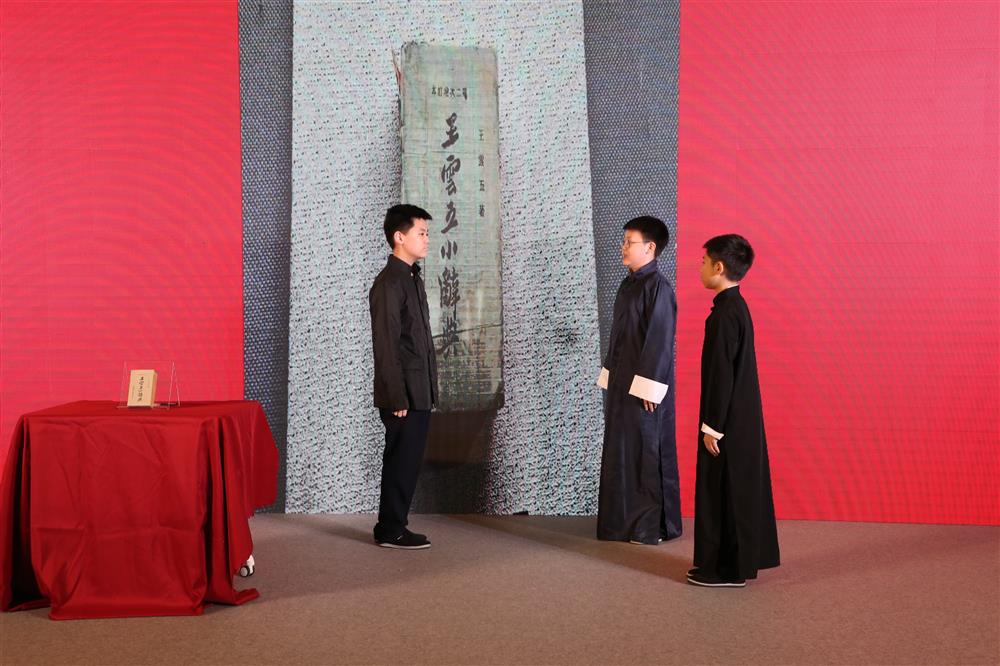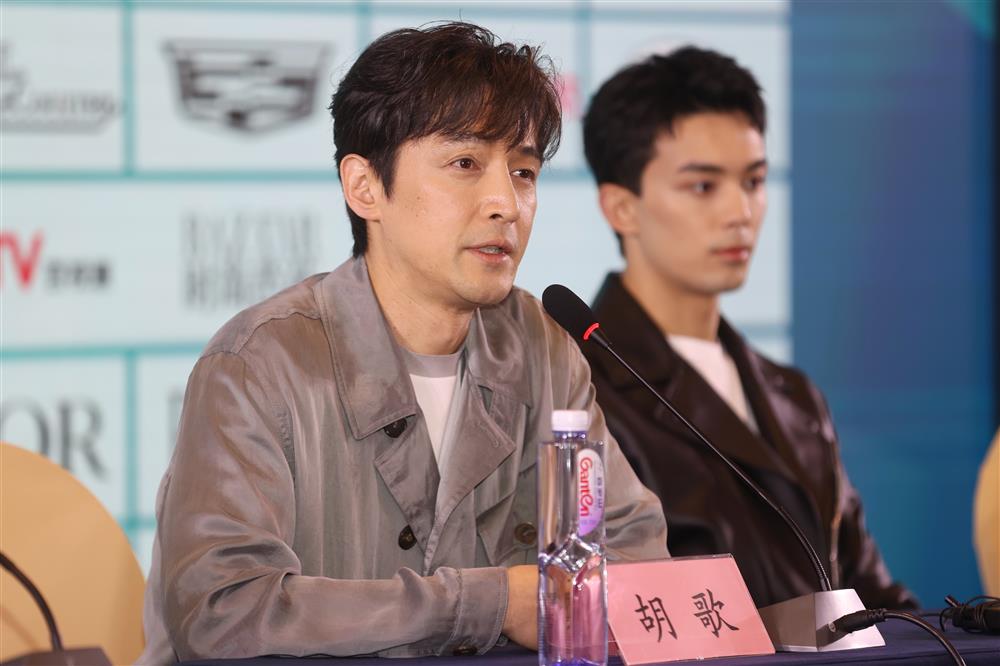Why did Lu Xun have a situation diagram hand drawn by Chen Gong? First issue of "Selected Revolutionary Cultural Relics in Shanghai Collection" | Lu Xun | Selected Revolutionary Cultural Relics in Shanghai Collection
In 1954, employees of the Shanghai Lu Xun Memorial Hall were sorting out Lu Xun's relics when a piece of paper fell out of a book or magazine. The paper is not large and has turned yellow. The lines on the paper are curved and straight, and the text is flickering. Upon closer inspection, all the place names written are from Hubei, Henan, and Anhui, resembling a map. The staff of the memorial hall went to Beijing to ask Comrade Chen Gong to identify, which is exactly the situation map of the Hubei Henan Anhui base area that he hand-painted.
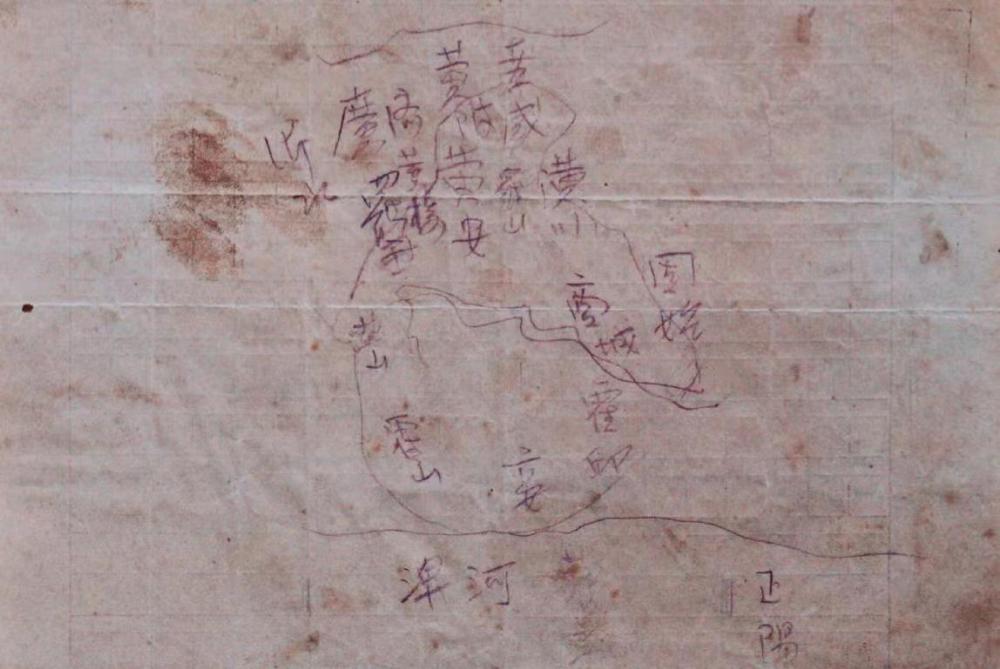
The hand drawn map of the situation in the Hubei Henan Anhui base area during the meeting between Chen Gong and Lu Xun in 1932
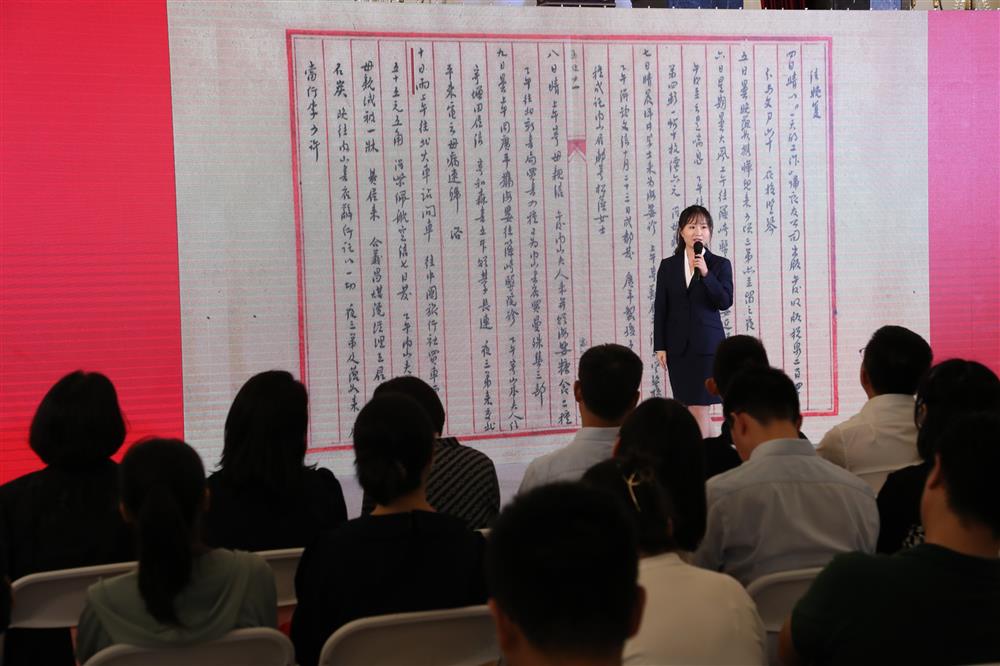
How could Lu Xun have a situational diagram drawn by Chen Gong? This originated from a special meeting between the two in Shanghai.
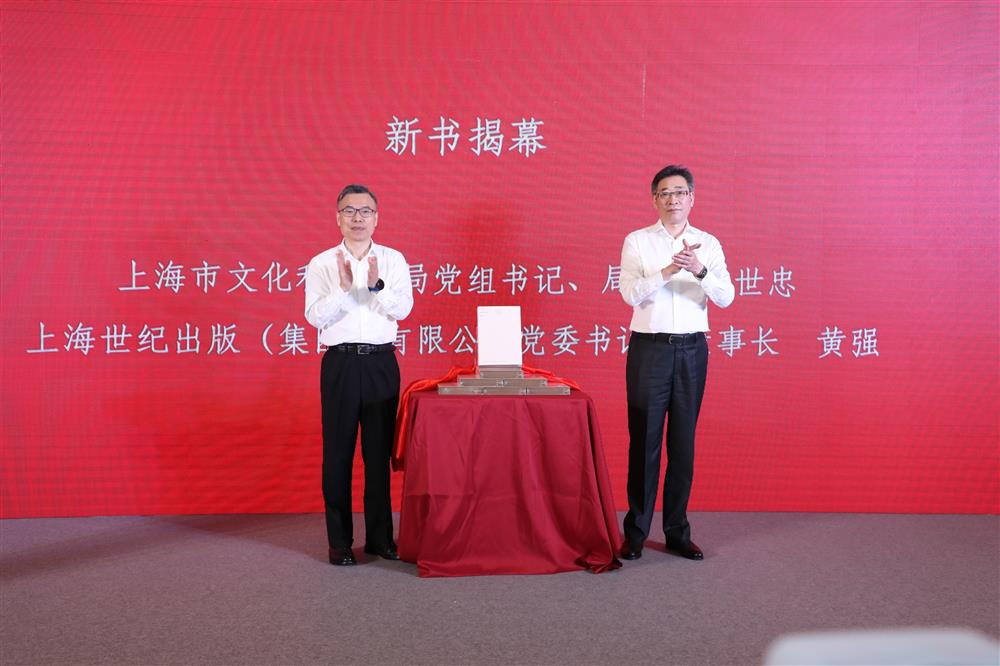
On August 18th, "Selected Revolutionary Cultural Relics from Shanghai Library Collection" premiered at the Shanghai Book Fair. Explanators from 9 participating units bring readers the story of "never forget the way you came, always follow the Party - telling the story behind revolutionary cultural relics.". The hand drawn map of the situation of the Hubei Henan Anhui base area during the meeting between Chen Gong and Lu Xun in 1932 is a precious collection of the Lu Xun Memorial Museum in Shanghai. Interpreter Cheng Xin at the Shanghai Lu Xun Memorial Hall narrates to readers——
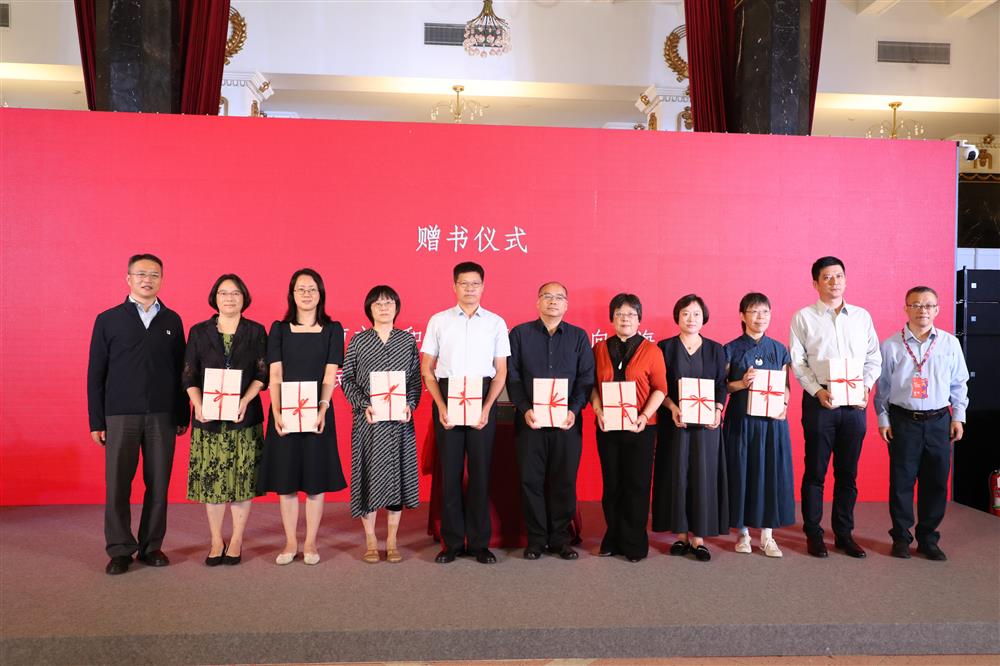
In 1932, the fourth anti encirclement campaign in the Hubei Henan Anhui base area failed and was forced to withdraw from the Hubei Henan Anhui Soviet Area and implement strategic transfer. Due to severe leg injuries and difficulty in movement, Chen Gong was secretly sent to Shanghai for medical treatment by the party organization. In November, Chen Gong arrived in Shanghai dragging his injured leg. Comrades working underground in Shanghai are very concerned about the situation in the Soviet area. Chen Gong told them the stories of the military and civilians in Hubei, Henan, and Anhui who sacrificed their lives and lives in various anti encirclement and suppression struggles. The Central Committee of the Communist Party of China attaches great importance to this, and the Propaganda Department of the Central Bureau will print these materials into a booklet and hand them over to Feng Xuefeng, asking him to show them to Mr. Lu Xun.

Lu Xun was deeply moved after reading these materials. He heard that Chen Gong is still receiving treatment in Shanghai and has made several requests to see him. One day in the late autumn of 1932, Chen Gong accompanied Feng Xuefeng to Lu Xun's house. Chen Gong told Lu Xun about the revolutionary situation in the Hubei Henan Anhui Soviet Area, the process of various anti encirclement campaigns, and also talked about the production and construction of the Soviet Area and the people's lives. In order to better understand the military situation in Hubei, Henan, and Anhui, Lu Xun specially asked Chen Gong to draw this map of the situation in the Hubei, Henan, and Anhui base area on the back of his manuscript paper. On this day, Lu Xun wrote in secret language in his diary, "On November 10, 1932, in the rain, Wang Jun, the manager of the Heyichang Coal Mine, came to sell charcoal.".
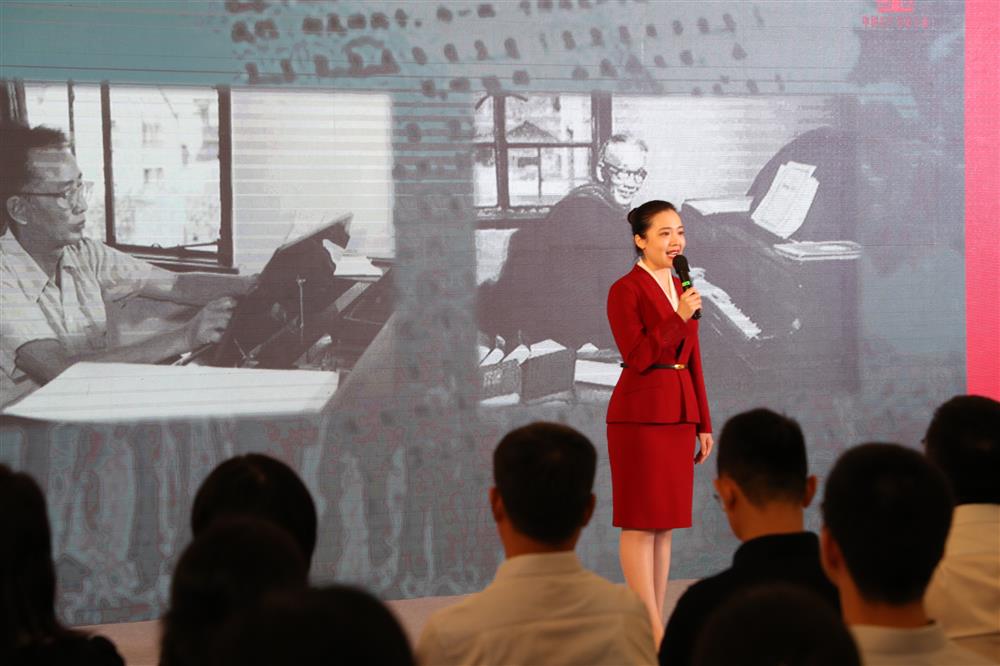
In order to better protect and utilize Shanghai's collection of revolutionary cultural relics, and further promote the open sharing of information on revolutionary cultural relics throughout the city, the "Selected Collection of Revolutionary Cultural Relics in Shanghai" was organized by the Municipal Bureau of Culture and Tourism to be compiled by relevant revolutionary venues in the city, and published by the Shanghai People's Publishing House. The first volume includes a total of 181 pieces/set of revolutionary cultural relics in the collection, which were announced to the public in March 2021 through the "Shanghai First Batch of Revolutionary Cultural Relics List". They are all first-class cultural relics and are respectively collected in the First National Congress of the Communist Party of China Memorial Hall, Sun Yat sen Former Residence Memorial Hall, Shanghai Taofen Memorial Hall, Shanghai History Museum, Shanghai Longhua Martyrs Cemetery, Shanghai Public Security Museum, Shanghai Song Qingling Former Residence Memorial Hall, and Shanghai Lu Qingling Former Residence Memorial Hall. Nine venues, including the Xun Memorial Hall and the Hongkou District Cultural Relics and Historical Materials Museum. This batch of revolutionary cultural relics has a wide distribution, a long time span, a complete range of types, and a red content subject, outlining the magnificent revolutionary history of Shanghai and reflecting the great revolutionary spirit of the city.
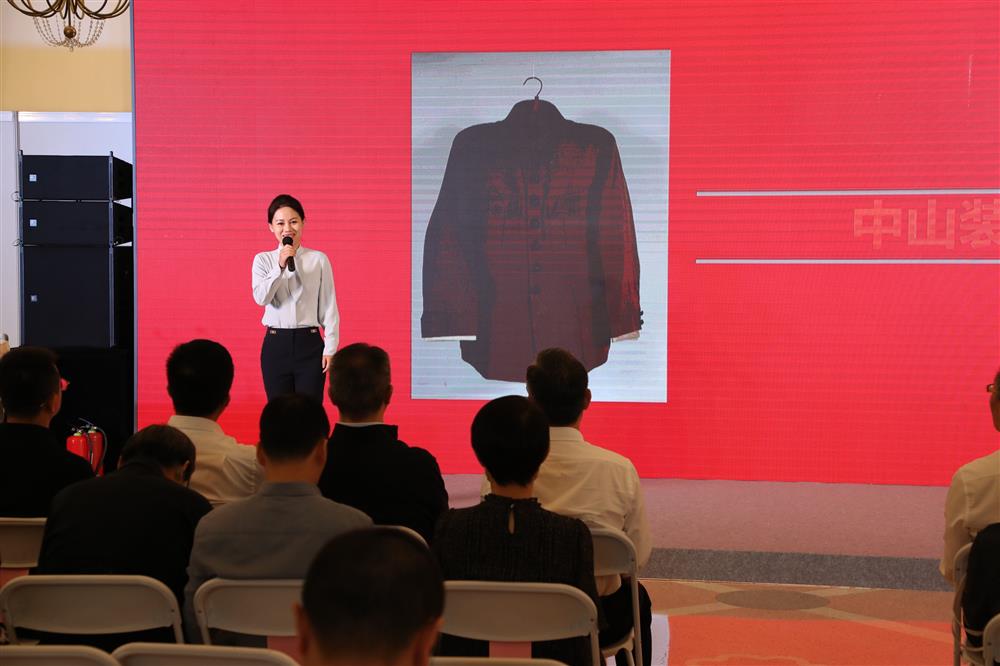
The old site of important revolutionary sites is a vivid classroom for party history, and the historical relics and precious archives scattered in various revolutionary venues are vivid teaching materials for party history. Wen Zeyuan, Secretary of the Party Committee and President of Shanghai People's Publishing House, said that centralizing and unifying the sorting of these revolutionary cultural relics, making the cultural relics collected in museums, memorial halls, and historical sites "come to life", not only helps to better promote Shanghai's revolutionary cultural resources, but also allows the general public and tourists to experience the arduous process, tremendous changes, and glorious achievements of the founding of the Communist Party of China in precious revolutionary cultural relics and rich historical materials. This is also the mission and responsibility of the Shanghai publishing industry that cannot be shirked.
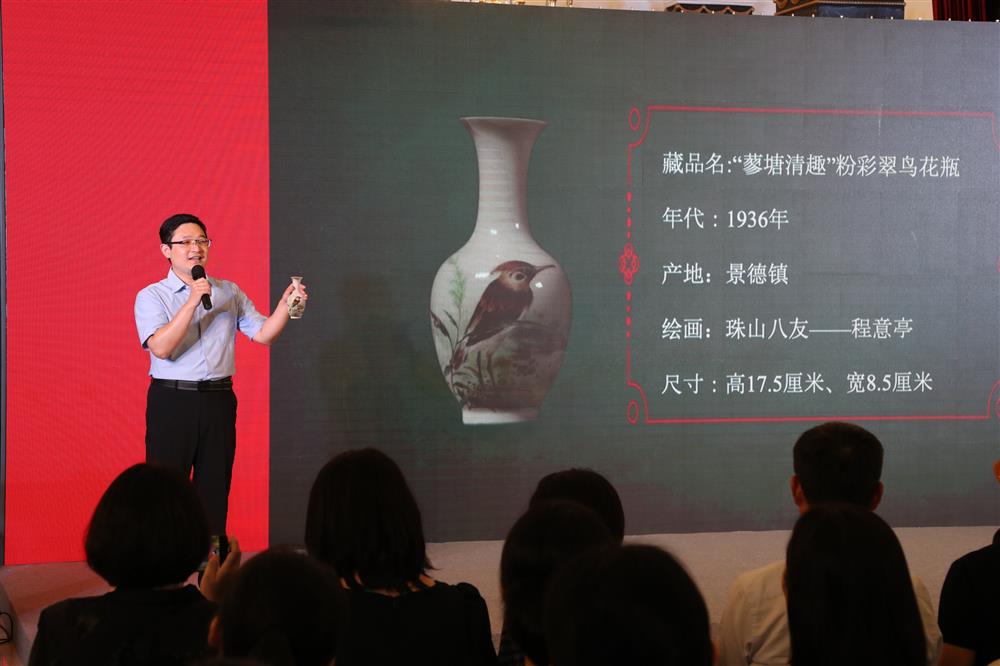
According to the Municipal Bureau of Culture and Tourism, based on the "Second Batch of Shanghai Revolutionary Cultural Relics List", the "Selected Revolutionary Cultural Relics in Shanghai Collection" series of books will continue to be compiled. Based on these resources, our city continues to carry out in-depth promotion and publicity of red culture, systematically promoting the excavation and protection of red resources, theoretical research, and social education, inheriting the red gene, and continuing the red bloodline.
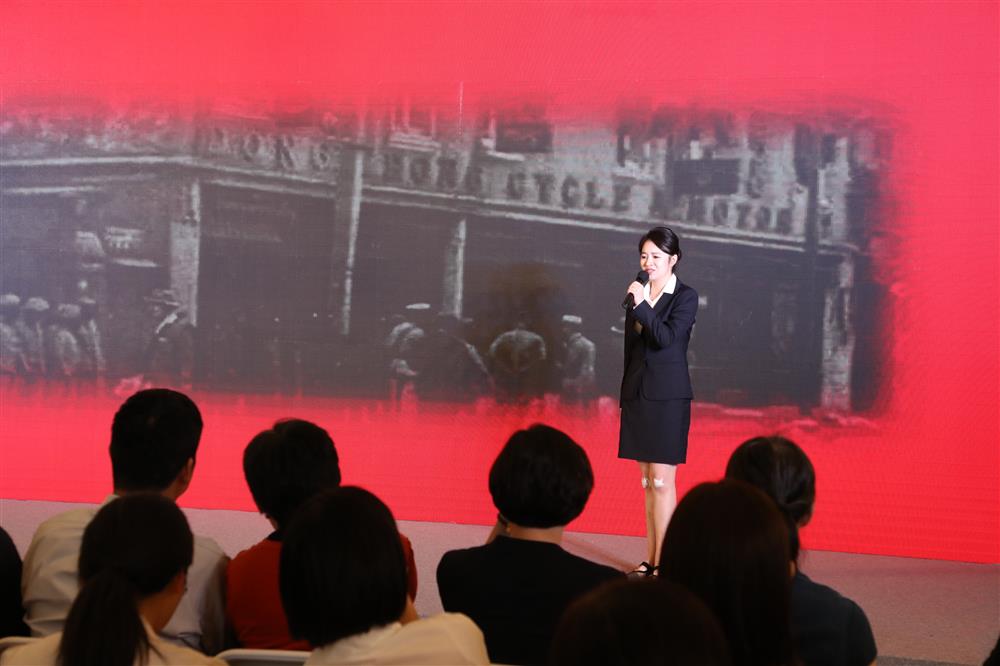
The Red Statistics - Compilation of Historical Materials on Investigation and Statistics in the Central Soviet Area, launched by Jiangxi People's Publishing House, was also presented to readers at the Shanghai Book Fair. Liu Jin, one of the main creators and deputy director of the Party History Research Office of the Jiangxi Provincial Committee of the Communist Party of China, shared with readers the process of writing and publishing the new book, reviewing the historical inheritance and revolutionary development from the red starting point of Shanghai to the red soil filled with red memories in Jiangxi.
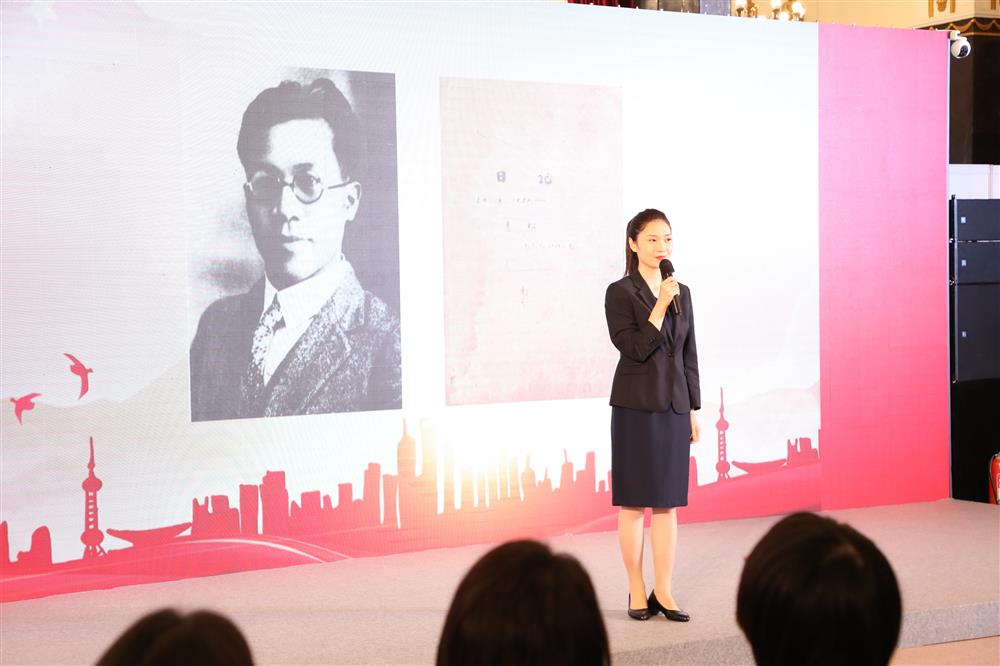
"Red Statistics - Collection of Historical Data of Survey and Statistics in the Central Soviet Area" traces back to the history of the CPC's extensive investigation and research and the formulation of correct lines, guidelines and policies based on statistical analysis during the Central Soviet Area period, and reproduces the exploration process of red statistics, which is booming and increasingly institutionalized, scientific and professional. The book contains over 200 articles and over 1.1 million words, which is not only a collection of investigation and research literature, but also the inheritance of red culture.
